ORGANIC CHEMISTRY – I
syllabus
UNIT I: STEREOCHEMISTRY
Fischer Projection, Newmann and Sawhorse Projection
formulae and their interconversions; Geometrical isomerism:
cis-trans, syn-anti isomerism, E/Z notations.
Optical Isomerism: Optical activity, specific rotation,
asymmetry, enantiomers, distereoisomers, meso structures –
molecules with one and two chiral centres, racemisation –
methods of racemisation; resolution methods of resolution.
C.I.P rules. R and S notations for one and two chirality
(stereogenic) centres.
Molecules with no asymmetric carbon atoms – allenes and
biphenyls. Conformational analysis of ethane and butane.
UNIT II: CHEMISTRY OF NITROGEN COMPOUNDS – I
Nitroalkanes
Nomenclature, isomerism, preparation from alkyl halides, halo
acids, alkanes; physical properties; reactions – reduction,
halogenations, Grignard reagent, Pseudo acid character. Nitro
– aci nitro tautomerism.
Aromatic nitro compounds
Nomenclature, preparation – nitrations, from diazonium salts,
physical properties; reactions – reduction of nitrobenzene in
different medium, Electrophilic substitution reactions, TNT.
Amines: Aliphatic amines Nomenclature, isomerism,
preparation – Hofmann’s degradation reaction, Gabriel’s
phthalimide synthesis, Curtius Schmidt rearrangement.
Physical properties, reactions – alkylation, acylation, carbylamine
reaction, Mannich reaction, oxidation, basicity of amines.
UNIT III: CHEMISTRY OF NITROGEN COMPOUNDS – II
Aromatic amines – Nomenclature, preparation – from nitro
compounds, Hofmann’s method; Schmidt reaction, properties –
basic nature, ortho effect; reactions – alkylation, acylation,
carbylamine reaction, reaction with nitrous acid, aldehydes,
oxidation, Electrophilic substitution reactions, diazotization and
coupling reactions; sulphanilic acid – zwitter ion formation.
Distinction between primary, secondary and tertiary amines –
aliphatic and aromatic Diazonium compounds Diazomethane,
Benzene diazonium chloride – preparations and synthetic
applications.
Dyes Theory of colour and constitution; classification based
on structure and application; preparation – Martius yellow,
aniline yellow, methyl orange, alizarin, indigo, malachite green.
Industry oriented content Dyes Industry, Food colour and
additives
UNIT IV: HETEROCYCLIC COMPOUNDS
Nomenclature and classification. General characteristics –
aromatic character and reactivity. Five-membered heterocyclic
compounds
Pyrrole – preparation – from succinimide, Paal Knorr synthesis;
reactions – reduction, basic character, acidic character,
electrophilic substitution reactions, ring opening.
Furan – preparation from mucic acid and pentosan; reactions
– hydrogenation, reaction with oxygen, Diels Alder reactions,
formation of thiophene and pyrrole; Electrophilic substitution
reaction.
Thiophene synthesis – from acetylene; reactions – reduction;
oxidation; electrophilic substitution reactions.
UNIT V: SIX-MEMBERED HETEROCYCLIC
COMPOUNDS
Pyridine – synthesis – from acetylene, Physical properties;
reaction – basic character, oxidations, reduction, electrophilic
substitution reactions; nucleophilic substitution-uses Condensed
ring systems
Quinoline – preparation – Skraup synthesis and Friedlander’s
synthesis; reactions – basic nature, reduction, oxidation;
electrophilic substitutions; nucleophilic substitutions –
Chichibabin reaction
Isoquinoline – preparation by the Bischer – Napieralski
reaction, reduction, oxidation; electrophilic substitution.


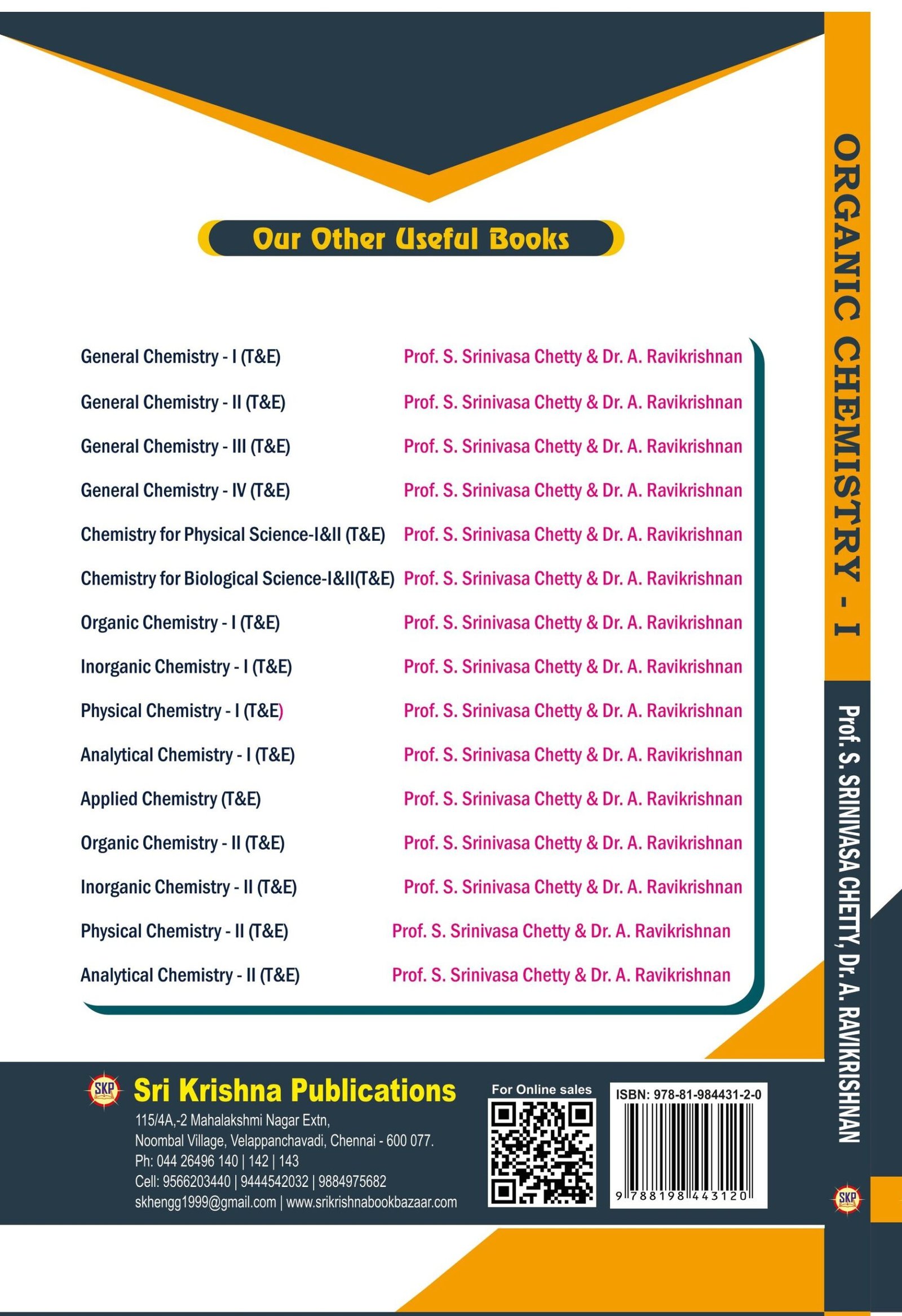



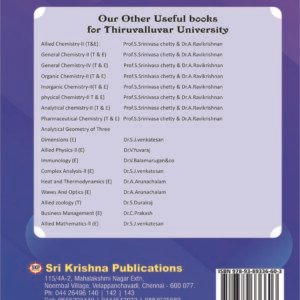
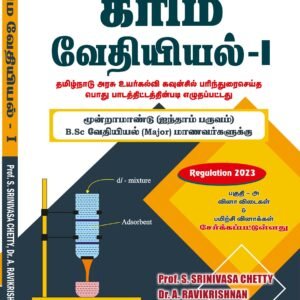
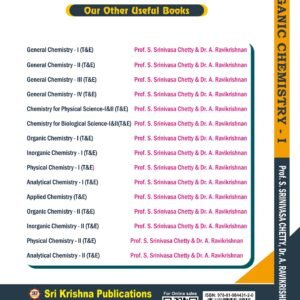

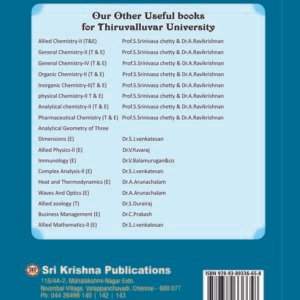
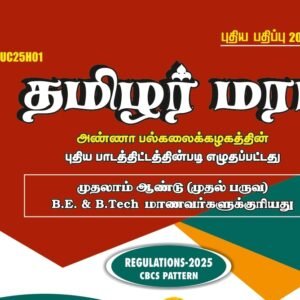


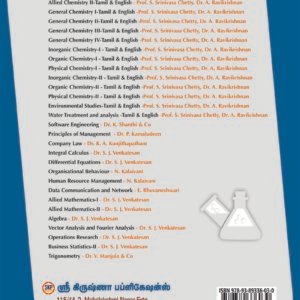
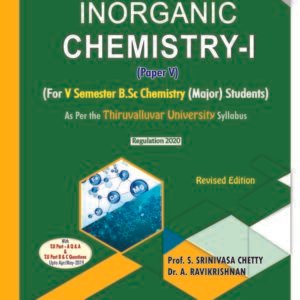
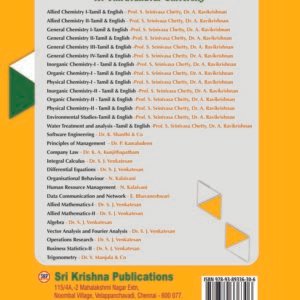
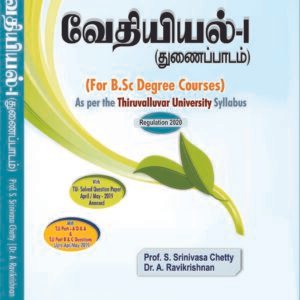
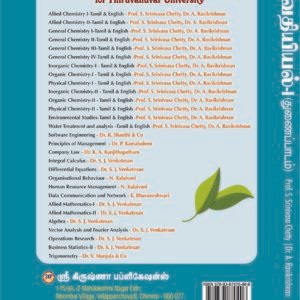

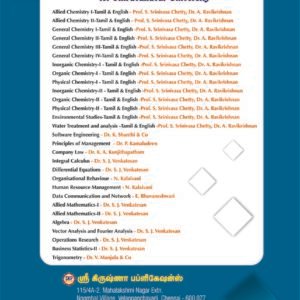
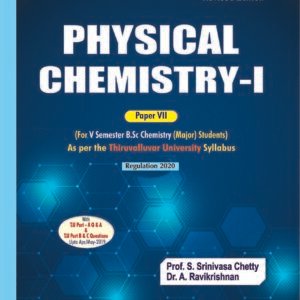
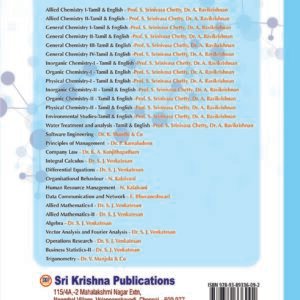


Reviews
There are no reviews yet.